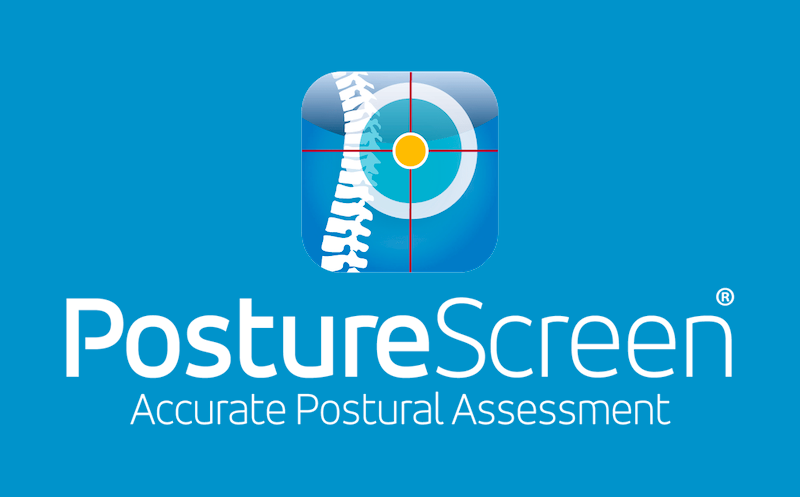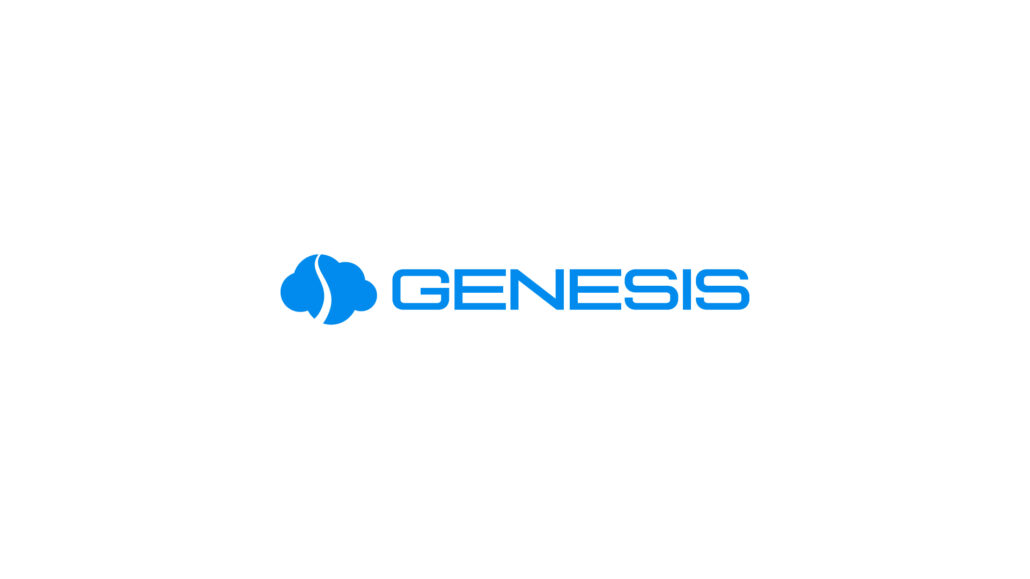Denneroll
Thoracic Retrainer
Correcting thoracic kyphosis is a stretch. The Thoracic RETRAINER introduces it.
Lifting injuries, poor posture, and poor ergonomics can contribute to abnormal thoracic kyphosis, a condition that carries the risk of diminished nerve, ligament, and muscle function. Thoracic kyphosis can ultimately lead to health problems, back pain, and injury.
For patients who may not be ready for the Thoracic Denneroll orthotic, the Thoracic Retrainer can be used as an introductory tool. Shorter and flatter than the Thoracic Denneroll, the Thoracic Retrainer is designed to gently stretch abnormal thoracic kyphosis back to normal.
Like all Denneroll orthotics, the Thoracic Retrainer can be used in concert with our Thoracic Support Block System.
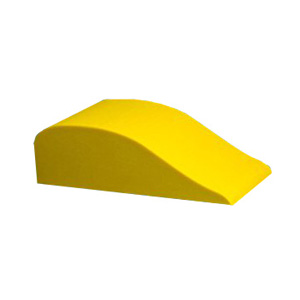
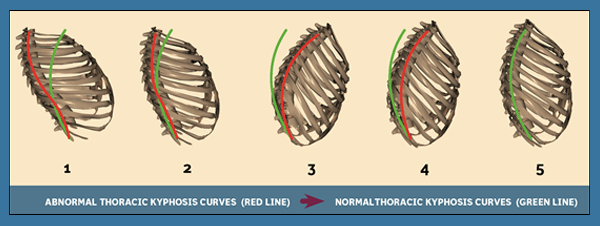
The Thoracic Retrainer
The Retrainer is an introductory orthotic device designed to gently stretch the abnormal thoracic kyphosis back towards normal. It is shorter in height and flat on the top compared to the Thoracic Denneroll (the one with the denneroll peak) and is meant to be used as an introductory tool before a patient progresses into use the more aggressive Thoracic Denneroll.
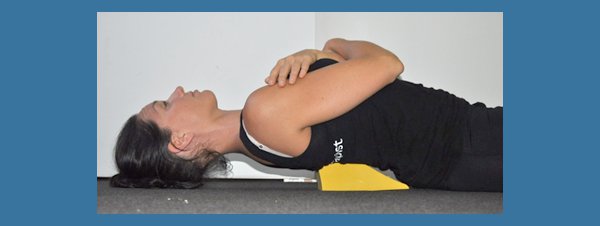
The Thoracic Support Block
When indicated in certain cases, the new Thoracic Support Block enhances the effectiveness of Retrainer treatment. Its unique design helps reduce posterior thoracic cage translation in combination the thoracic Retrainer; which will help reduce the thoracic hyper-kyphosis. Figures 7-9 show the different heights of the thoracic support block system in combination with the Retrainer.
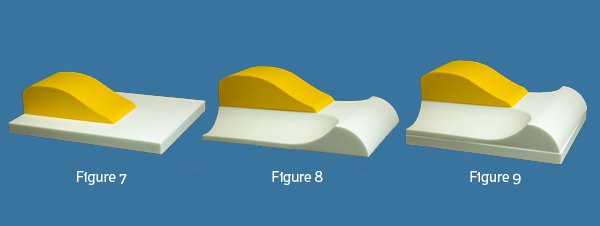
Retrainer Placement
There are three types of Thoracic Corrective setups appropriate for RETRAINER application: Lower thoracic, Mid-Thoracic, and Upper-Thoracic. See Figures 10-12 below. Only a radiographic and postural analysis can determine which RETRAINER Placement is right for the individual patient. The RETRAINER device should only be used on a firm surface such as the floor, or a bench so that an effective stretch can be applied to the Thoracic tissues.
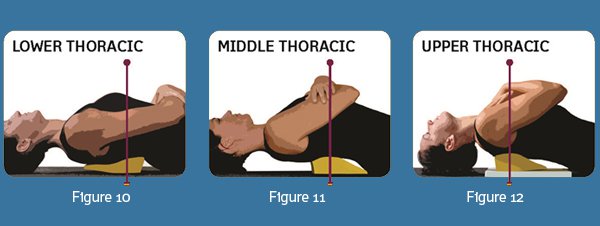
The recommended types of patient cases and presentation for this orthotic system include (for more information – DOCTORS ONLY – please email us and ask for the user instruction guide):
- Hyper-kyphosis with or without posterior thoracic translation relative to the pelvis,
- Allows for specificity in correcting an increased lower, mid, or upper thoracic kyphosis,
- Anterior head posture greater than 25mm (approximately),
- Rounded-protracted shoulder girdle and scapular region. The size of the Retrainer allows for support while simultaneously being narrow enough to allow the scapula to retract over the unit,
- The addition of different sizes of the support block under the Thoracic Retrainer allow correction of internal flexion-extension of the ribcage while simultaneously reducing kyphosis.
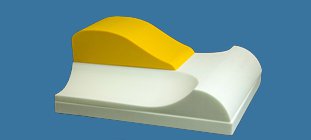
Figure 13. Thoracic Retrainer sitting centered on top of the Thoracic Support Block. The taper of the Retrainer and design was cut from the CBP evidence based Thoracic Kyphosis Elliptical model.
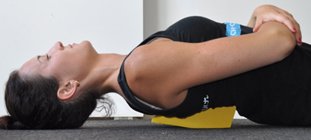
Figure 14. Thoracic Retrainer turned around so the peak contacts the lower thoracic spine (T10) while the tapered end supports the mid thoracic region. This setup is for hyper-kyphosis in the T9-T12 region with upper thoracic flexion relative to the lower.
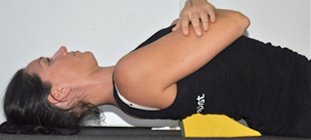
Figure 15. Thoracic Retrainer placed in the mid thoracic spine (T6-T7). This setup is for mid-thoracic hyper-kyphosis with T1-anterior to T12—or upper thoracic flexion relative to the lowers.
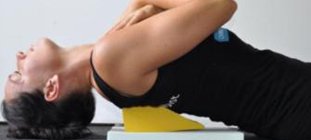
Figure 16. Thoracic Retrainer sitting centered on top of the small 20mm block in the Thoracic Support Block System. This setup assist correction of mild posterior thoracic translation postures with upper thoracic kyphosis and anterior head translation.
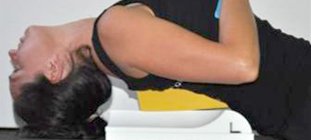
Figure 17. Thoracic Retrainer sitting centered on top of the Thoracic Support Block. This setup assist correction of moderate-severe posterior thoracic translation postures with upper thoracic hyper-kyphosis and anterior head translation. This is for deformities where the T1 vertebra is posterior to T12.
WARNING: Certain conditions can contribute to increased risk of injury during cervical extension traction. If you experience any unusual symptoms including, but not limited to; increased pain, dizziness, headache, nausea, numbness, visual disturbances, muscle weakness, loss of coordination or function, please consult your spinal health professional before further use.
THE DENNEROLL IS TO BE USED ONLY UNDER THE SUPERVISION OF
YOUR SPINAL HEALTH PROFESSIONAL.
When lying on the Retrainer, it is best to keep your legs flat for the most effect on the thoracic spine. At first a slight bend in the knees is recommended to develop tolerance for the position.
CONTACT CBP
CBP Seminars, Inc.
1160 Taylor Street Suite 100
Meridian, ID 83642
Phone: 208-939-0301
Fax: 208-209-6009
Email: [email protected]
Web: idealspine.com
LATEST ARTICLES
CONTACT CBP
CBP Seminars, Inc.
1160 Taylor Street Suite 100
Meridian, ID 83642
Phone: 208-939-0301
Fax: 208-209-6009
Email: [email protected]
Web: idealspine.com


